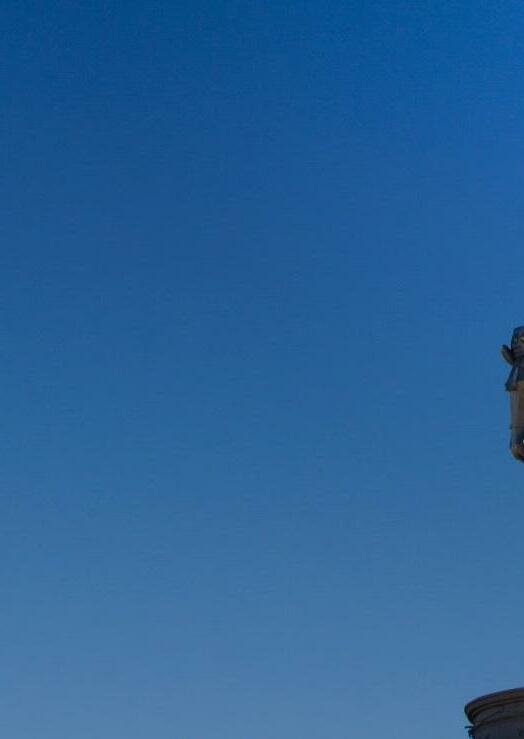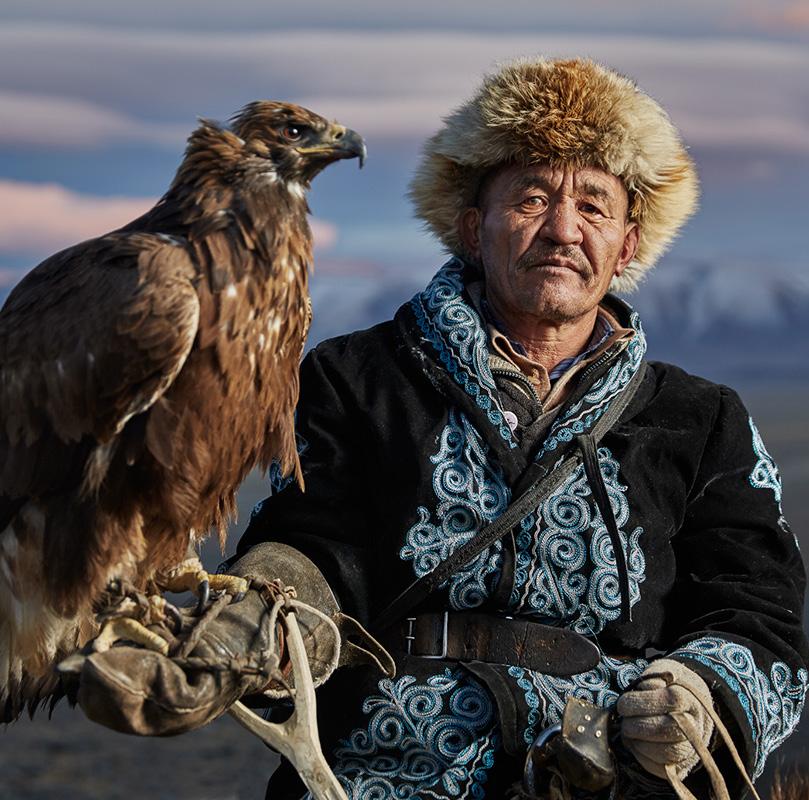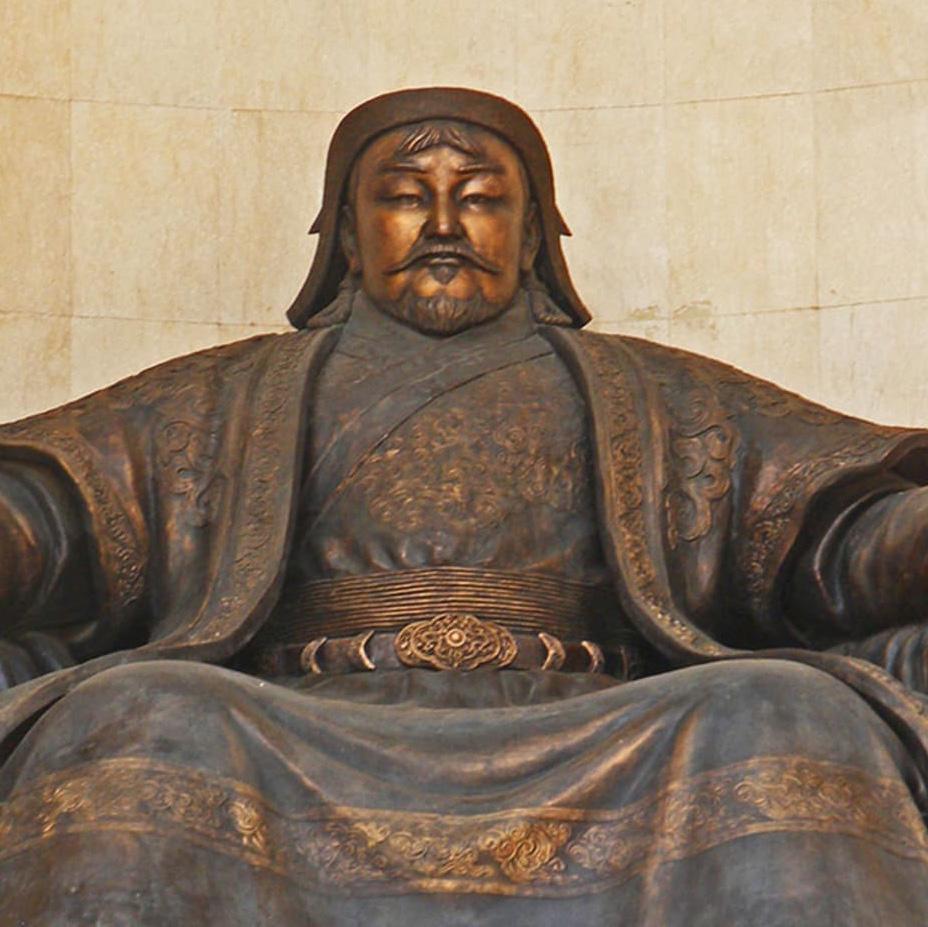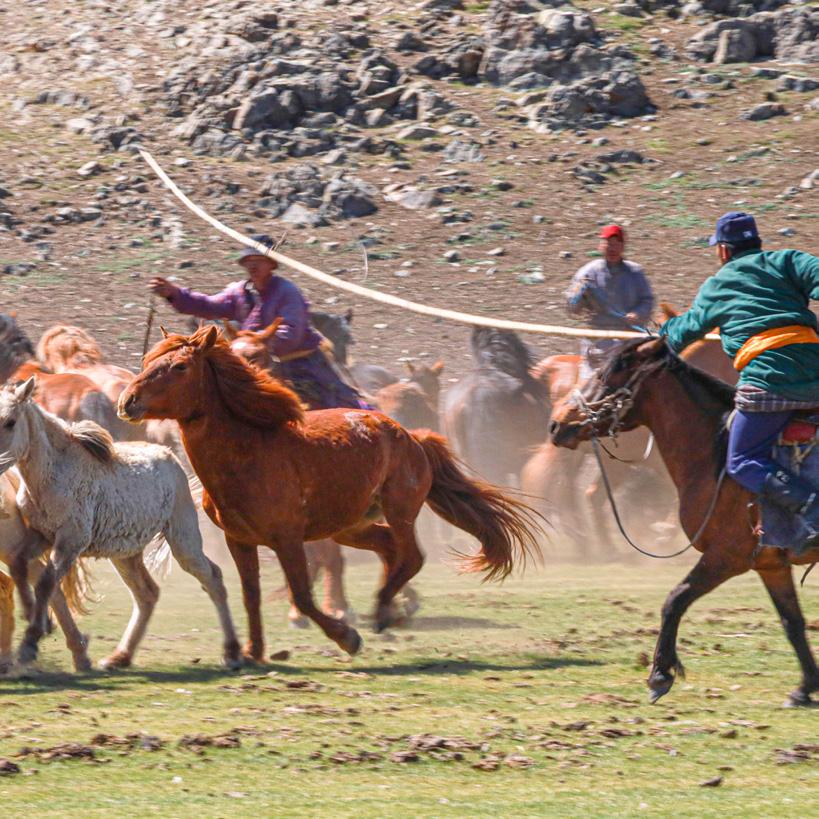
2 minute read
Quick Facts About Mongolia
ABOUT MONGOLIA QUICK FACTS
STARING AT THE WIDE OPEN HORIZON IN THE UNTOUCHED LAND OF THE NOMADS, THERE IS NO FIRST MEETING MORE CAPTIVATING THAN AN INTRODUCTION TO MONGOLIA
Advertisement
1
The two-humped Bactrian camel is indigenous to Mongolia. The annual Thousand Camel Festival is run by a local non-governmental organisation working to protect and preserve the Bactrian camel population, which has been steadily declining over the past twelve years. At the festival you’ll get an opportunity to interact with the camels and learn first-hand about the camel herders’ nomadic lifestyle.
Mongolians are always ready for a guest
In a country of vast distances, communication can be difficult but it is important to maintain a sense of community. People living in the Mongolian countryside will always have a bowl of warm, salty milk tea ready for visitors.

2

3
We have a festival dedicated to eagle hunting
The Golden Eagle Festival is held over two days every year, celebrating age-old Kazakh traditions. It begins with a parade of eagle hunters on horseback, displaying their elaborate hunting costumes and accessories. The eagles are judged for their speed and agility, as the birds are released from a cliff and swoop down to land on the arms of the hunters below. The men demonstrate their courage and horsemanship and a variety of traditional games.

The great Genghis Khan is Mongolia’s founding father 4
Genghis Khan is considered the founding father of Mongolia. He came to power by uniting many of the nomadic tribes of northeast Asia and establishing the largest empire in the world, exceeded only by the British Empire in the 19th century. In a span of just 25 years, Genghis Khan’s horsemen conquered an area larger and greater in population than the Romans did in four centuries. In short, he was a determined bloke. A 40-metre (131-foot) statue of Genghis Khan sits just outside Ulaanbaatar and is the world’s tallest statue of a horse.

5
Nomads Still Live In Mongolia

Outside the city of Ulaanbaatar in Mongolia, there are miles and miles of open grasslands or Mongolian steppes. While nearly half of the population of Mongolia live in the capital city and some scattered villages around it, the remaining population lead a nomadic way of life not much different from their ancestor’s hundreds of years ago. The nomads of Mongolia live in tents called yurts with their families and livestock. They move to find new pastures for their livestock or to protect themselves from extreme weather conditions.






